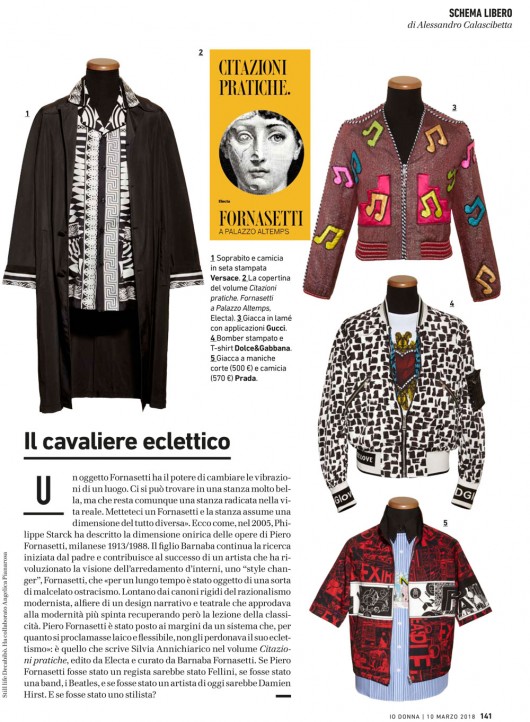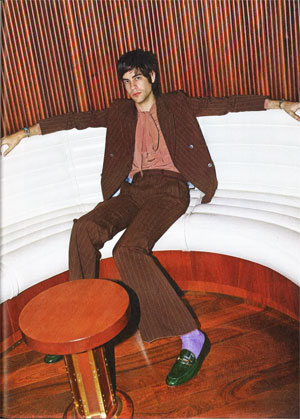
The eclectic knight. “A Fornasetti item has the power of changing the vibration of any place. A room can be very beautiful, but also rooted in real life. Place a Fornasetti in there and the room acquires a completely different aspect”. This is how, in 2005, Philippe Starck described the dreamlike side of the masterpieces of Piero Fornasetti, (Milan, 1913/1988). His son Barnaba continues the research started by his father and contributes to the success of an artist that revolutionized the interior design concept; a “style changer”, Fornasetti, that “for a long time was ostracized. Far from the strict rules of modernist rationalism, bearer of a narrative and theatrical design that reached the highest peak of modernity, recovering at the same time the classical codes. Piero Fornasetti was put on the borders by a system that didn’t forgive his eclectism”: this is what Silvia Annicchiarico writes in the book Citazioni Pratiche, edited by Electa and curated by Barnaba Fornasetti. If Piero Fornasetti had been a director he would have been Fellini, if he had been a band, the Beatles, and if he had been a modern artist he would have been Damien Hirst. And if he had been a fashion designer?










